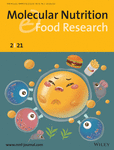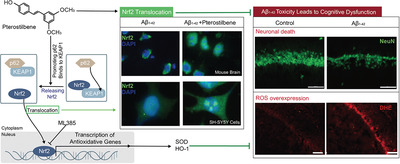Journal list menu
Export Citations
Download PDFs
Front Cover
Front Cover: Yellow Tea Stimulates Thermogenesis in Mice through Heterogeneous Browning of Adipose Tissues
- First Published: 22 January 2021
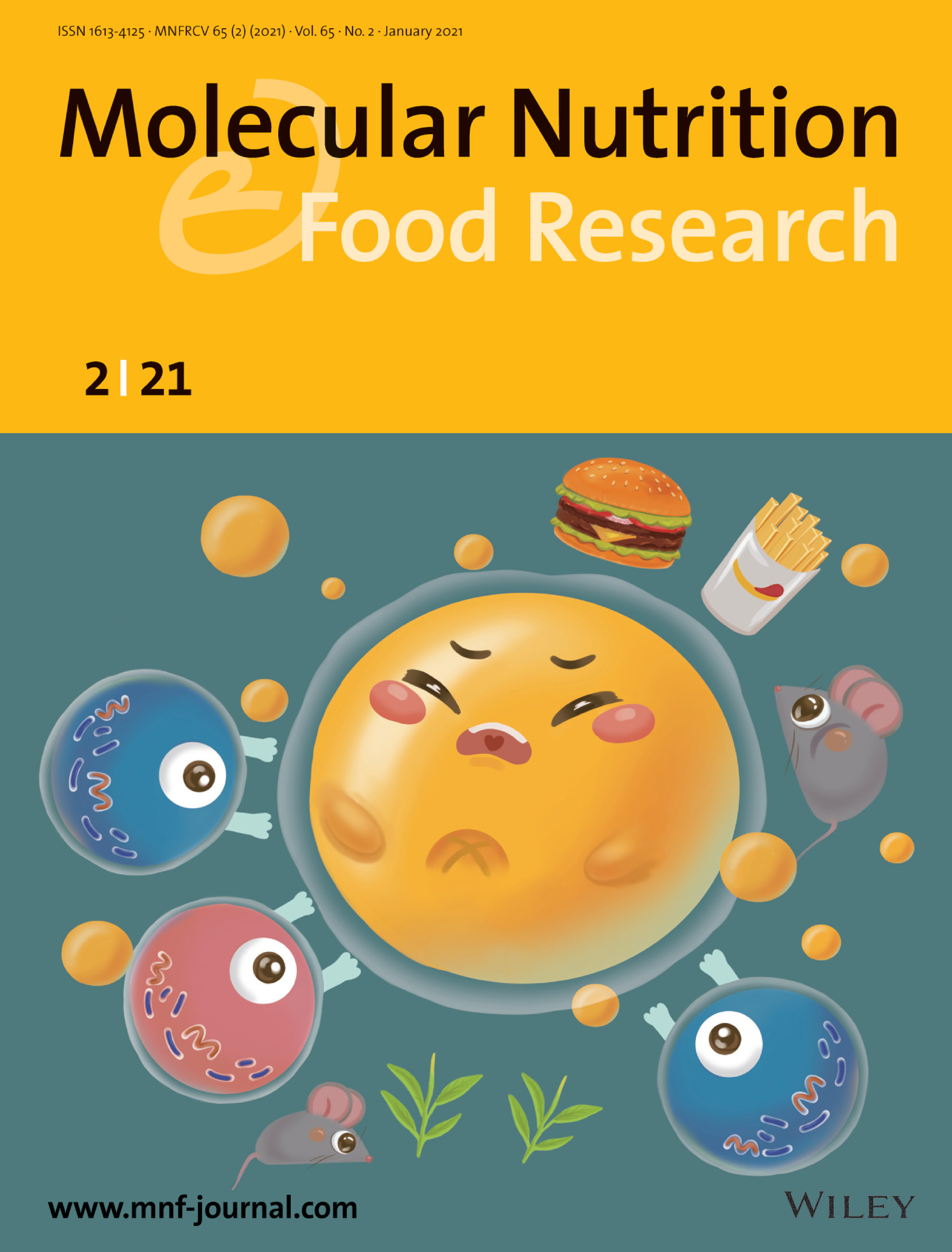
Mol. Nutr. Food Res. 2021, 65, 2000864
The yellow tea extract (YTE) enhances adaptive thermogenesis and protects mice from high fat diet induced obesity by modulating adipocyte metabolic conversion. In epididymal adipose tissue, YTE prevents white adipocytes hypertrophy and improves mitochondrial biogenesis. In brown adipose tissue, YTE prevents whitening and induces numerous brown-like adipocytes. In subcutaneous adipose tissue, YTE prevents white adipocytes hypertrophy and stimuli beige adipocytes. This is reported by Na Xu, Jun Chu, Rongrong Dong, Fengjuan Lu, Xinfeng Zhang, Min Wang, Ying Shen, Zhongwen Xie, Chi-Tang Ho, Chung S. Yang, Yijun Wang, Xiaochun Wan in article 2000864.
Editorial Board
Review
One Carbon Metabolism and Mammalian Pregnancy Outcomes
- First Published: 23 November 2020

One-carbon metabolism during pregnancy plays a crucial role in pregnancy health and outcomes. It participates in a variety of physiological processes in mammals. This review aims to provide a comprehensive overview of current evidence linking nutrients with one-carbon units during pregnancy to the development of oocytes, embryos and placentas as well as maternal and offspring health.
Research Articles
Yellow Tea Stimulates Thermogenesis in Mice through Heterogeneous Browning of Adipose Tissues
- First Published: 30 November 2020
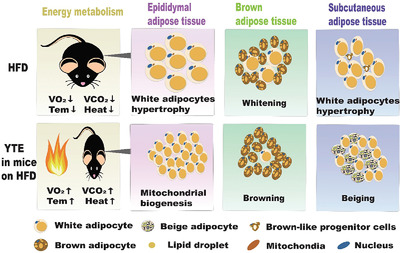
The large-leaf yellow tea extract (YTE) protects mice from high-fat-diet induced obesity and metabolic syndrome by raising adaptive thermogenesis and modulating adipocyte metabolic conversion. In epididymal adipose tissue, YTE prevents white adipocytes hypertrophy and improves mitochondrial biogenesis. In brown adipose tissue, YTE prevents whitening and induces numerous brown adipocytes. In subcutaneous adipose tissue, YTE prevents whitening and stimuli beige adipocytes.
Urinary Biomarkers for Orange Juice Consumption
- First Published: 20 November 2020
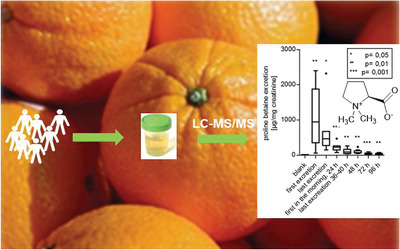
Urinary analysis of dietary biomarkers is a promising approach to investigate the relation between food intake and potential health effects. The present human study identified proline betaine as the most promising biomarker for orange juice consumption and allows to differentiate between low, medium, and high intake. Additionally, hesperetin and naringenin are supporting biomarkers.
Sweetness Perception is not Involved in the Regulation of Blood Glucose after Oral Application of Sucrose and Glucose Solutions in Healthy Male Subjects
- First Published: 29 November 2020
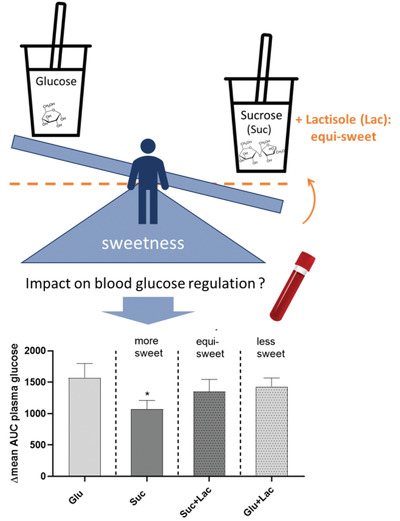
The effect of the sweetness of a sucrose versus an iso-caloric glucose solution on blood glucose regulation by adjusting the sweetness using the sweet taste inhibitor lactisole is investigated. Sucrose is rated sweeter than an iso-caloric glucose solution. The difference in the structure of glucose and sucrose, but not the perceived sweetness affects the blood glucose regulation in male subjects.
Interindividual Differences in Human In Vitro Intestinal Microbial Conversion of Green Tea (-)-Epigallocatechin-3-O-Gallate and Consequences for Activation of Nrf2 Mediated Gene Expression
- First Published: 07 December 2020
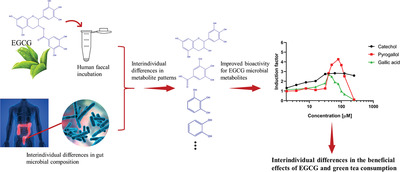
The present study characterizes the gut microbial conversion of (-)-epigallocatechin-3-O-gallate (EGCG) using anaerobic incubation model. Substantial interindividual differences are found in the formation of EGCG gut microbial metabolites. In contrast to EGCG, at low micromolar concentrations, especially metabolites gallic acid, pyrogallol, and catechol induce significant activity in the activation of Nrf2-mediated gene expression.
No Effect of Dietary Fish Oil Supplementation on the Recruitment of Brown and Brite Adipocytes in Mice or Humans under Thermoneutral Conditions
- First Published: 04 December 2020

Fish oil supplementation has been repeatedly demonstrated to enhance the recruitment of thermogenic brite cells in subcutaneous adipose tissue. These cells, expressing the uncoupling protein 1 (UCP1), have an exceptional capacity to dissipate chemical energy as heat and are proposed reduce body adiposity by affecting energy balance. In this study, dietary supplementation of fish oil in mice housed at 30°C and humans did not affect the recruitment of UCP1 expressing brite adipocytes.
Pterostilbene Alleviates Aβ1-42-Induced Cognitive Dysfunction via Inhibition of Oxidative Stress by Activating Nrf2 Signaling Pathway
- First Published: 06 December 2020
Low Maternal Dietary Intake of Choline Regulates Toll-Like Receptor 4 Expression Via Histone H3K27me3 in Fetal Mouse Neural Progenitor Cells
- First Published: 03 December 2020
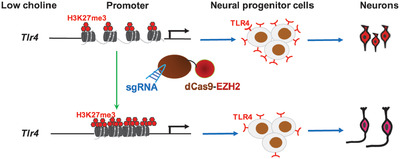
Choline is important for brain development. It is found that low maternal dietary intake of choline increasesToll-like receptor 4 (TLR4) transcription in neural progenitor cells, which results in premature neuronal differentiation and exacerbated ethanol-induced inflammasome activation. This effect is caused by a decrease in H3K27me3 at the Tlr4 promoter.These findings elucidate the relationship between choline availability and brain development.
Catechin-Rich Green Tea Extract and the Loss-of-TLR4 Signaling Differentially Alter the Hepatic Metabolome in Mice with Nonalcoholic Steatohepatitis
- First Published: 28 November 2020
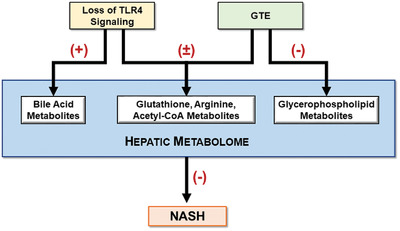
Wild-type and Toll-like receptor-4 (TLR4) mutant mice are fed a high-fat diet with green tea extract (GTE). Untargeted hepatic metabolomics reveal that GTE during nonalcoholic steatohepatitis (NASH) affects few metabolites consistent with a TLR4-dependent mechanism. Whereas, GTE and the loss-of-TLR4 signaling independently affected a greater number of metabolites. Thus, GTE and the loss-of-TLR4 signaling distinctly affect the metabolome during NASH.
Autophagy Activation by Resveratrol Reduces Severity of Experimental Rheumatoid Arthritis
- First Published: 12 November 2020
Vitamin A and D Absorption in Adults with Metabolic Syndrome versus Healthy Controls: A Pilot Study Utilizing Targeted and Untargeted LC–MS Lipidomics
- First Published: 09 November 2020
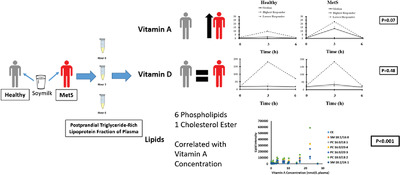
Absorption of vitamins A, D, and lipids are investigated in metabolic syndrome (MetS) versus healthy subjects. Vitamin A absorption increases in MetS (trend) and correlates with a subset of phosphocholines. Vitamin D absorption is not different between groups. This warrants investigation of shared vitamin A/phosphocholine enzymes and distinct vitamin A versus D absorption pathways to improve their status in MetS.
Chlorogenic Acid Alleviates Hyperglycemia-Induced Cardiac Fibrosis through Activation of the NO/cGMP/PKG Pathway in Cardiac Fibroblasts
- First Published: 17 November 2020

Chlorogenic acid is a polyphenol that can be found in many anti-diabetic foods, such as tea and green coffee. It also shows remarkable anti-fibrotic ability in diabetic heart through activating the endothelial nitric oxide synthase/NO/cyclic GMP/protein kinase G pathway and blocking the transforming growth factor-β pathway.
Phloretin, an Apple Polyphenol, Inhibits Pathogen-Induced Mucin Overproduction
- First Published: 20 November 2020
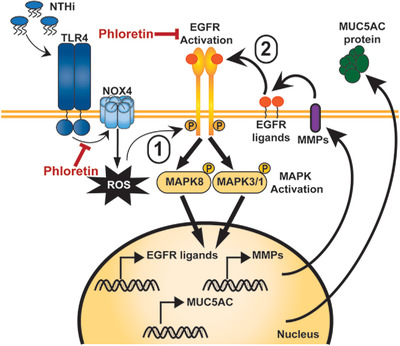
Nontypeable Haemophilus influenzae (NTHi) induces mucin overproduction in mouse lung and airway epithelial cells, an outcome associated with airflow obstruction and exacerbations of chronic respiratory diseases. Phloretin, an apple polyphenol, inhibits this signaling cascade, resulting in the attenuation of NTHi-induced mucin production.
Identification of Paracentrone in Fucoxanthin-Fed Mice and Anti-Inflammatory Effect against Lipopolysaccharide-Stimulated Macrophages and Adipocytes
- First Published: 20 November 2020
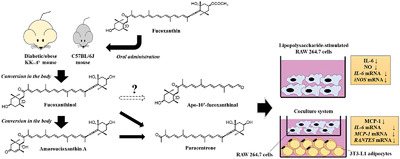
Fucoxanthin is converted to fucoxanthinol and amarouciaxanthin A in the mouse body. However, further metabolism such as cleavage products (i.e. apocarotenoids) and biological activity of fucoxanthin-derived apocarotenoid remains unclear. In this study, paracentrone is identified in vivo. Furthermore, other synthesized apocarotenoid (e.g., apo-10′-fucoxanthinal) including paracentrone exerts anti-inflammatory action against lipopolysaccharide-stimulated macrophages and an obesity-related adipose tissue in vitro model (coculture system).
Food & Function
Inter-Individual Variability in Insulin Response after Grape Pomace Supplementation in Subjects at High Cardiometabolic Risk: Role of Microbiota and miRNA
- First Published: 17 November 2020
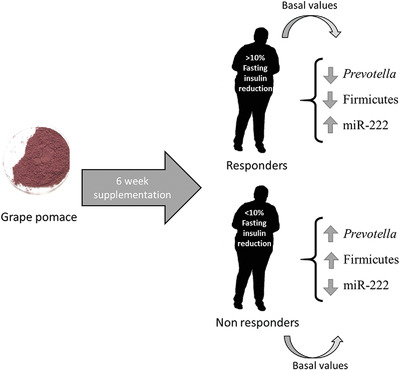
Subjects at high metabolic risk with higher levels of plasma insulin concentration are sensitive to grape pomace (Responders) while showing reduced levels of Firmicutes and Prevotella, along with increased expression of miR-222. The variations in miR-222 as well as in Prevotella could be indicators of responsiveness, suggesting that responders are those subjects showing impaired glycaemic control.




